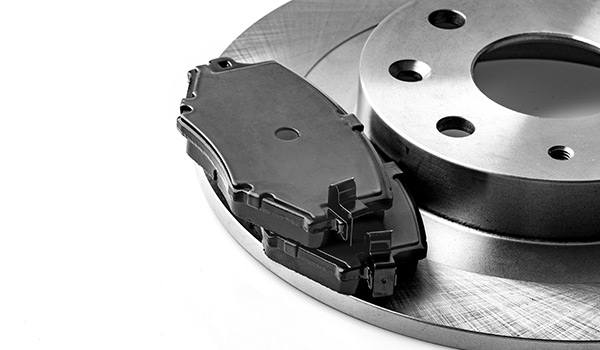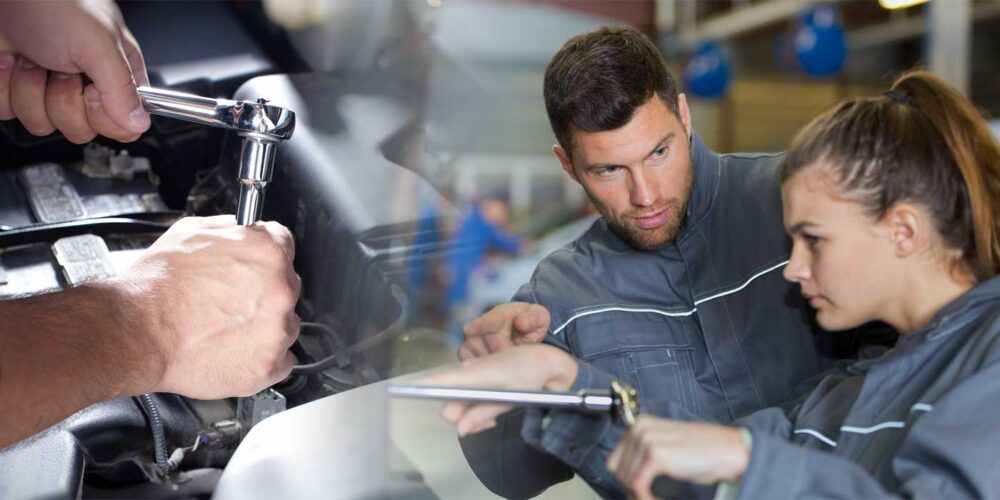Brake pads don’t sell themselves. When a customer asks for a set of brake pads, there’s more to the selling process than just looking up some part numbers. There are choices to be made. There are good, better and best brake pads, premium and performance pads, Euro pads and NAO, ceramic and semi-metallic pads. All of these can be confusing terms to consumers who may not be that well-versed in friction technology or why there are so many differences between products.
Let’s start with the initial search results. When you enter the year, make and model of your customer’s vehicle in your computer, you get a list of various pads that fit the application. So which pads do you recommend, and why?
If you start by suggesting the least expensive set of pads on your list, you may shortchange yourself and your customer by not recommending a better set of pads — and explaining what the features and benefits of better pads can mean to your customer. Many motorists need to be educated about the differences between friction materials and how that affects stopping power, fade resistance, noise control and wear. Brand differences can be significant, so there’s more to consider than the price of the pads.
A customer who drives a hard-working full-size pickup truck or SUV will probably benefit most with semi-metallic pads that can handle higher loads and braking temperatures. The same goes for motorists who drive a performance car. Some type of performance pads will likely be their best choice.
For the soccer mom or average motorist who drives a car or smaller SUV or CUV, ceramic pads are often recommended because of their longer life, quiet operation and low dust characteristics.
Economy pads probably should be the last choice for most customers. Like anything else, you usually get what you pay for. The least expensive pads on your fitment list may save your customer some bucks, but the pads won’t deliver the same kind of braking performance or longevity that a better grade of pads can provide. But if you don’t tell them that, they may not understand the difference.
People who buy the cheapest pads often regret their decision later. For a few bucks more, they could have had a much better set of pads than the ones they bought. Their buying decision should have been based on which set of pads best match their driving style and braking requirements.
Here’s another sales angle to consider if you have a “green” customer who wants to save the planet. Whether they drive a Prius, a hybrid or an ordinary vehicle, they should be made aware of the fact that they now can buy low-copper or no-copper pads that are environmentally friendly.
All brake friction eventually will be copper-free, with less than 5% copper by 2021 and less than 0.5% copper by 2025. Brake suppliers are way ahead of the curve, and already have introduced next-generation low-copper and no-copper friction products that meet or exceed the requirements. These new next-generation low-/no-copper pads are gradually replacing current friction materials as low-/no-copper is phased into the aftermarket pipeline.
Keeping brake dust that contains copper residue out of lakes, rivers and reservoirs is a good thing because copper can be toxic. But there also are real performance advantages with many of the newest low-/no-copper pads. Some of these new pads last significantly longer (up to 2X longer) than many older friction materials. They also can decrease the distance it takes to stop a vehicle by up to 50 feet, according to one brake supplier. These are major improvements that are well-worth considering when making a brake-pad buying decision.
Regardless of what type of pads your customer decides to buy, don’t end the sale without mentioning the need for brake fluid, possibly rotors, new or reman calipers, and brake hoses. All are equally important for safe driving and braking.
Larry Carley














